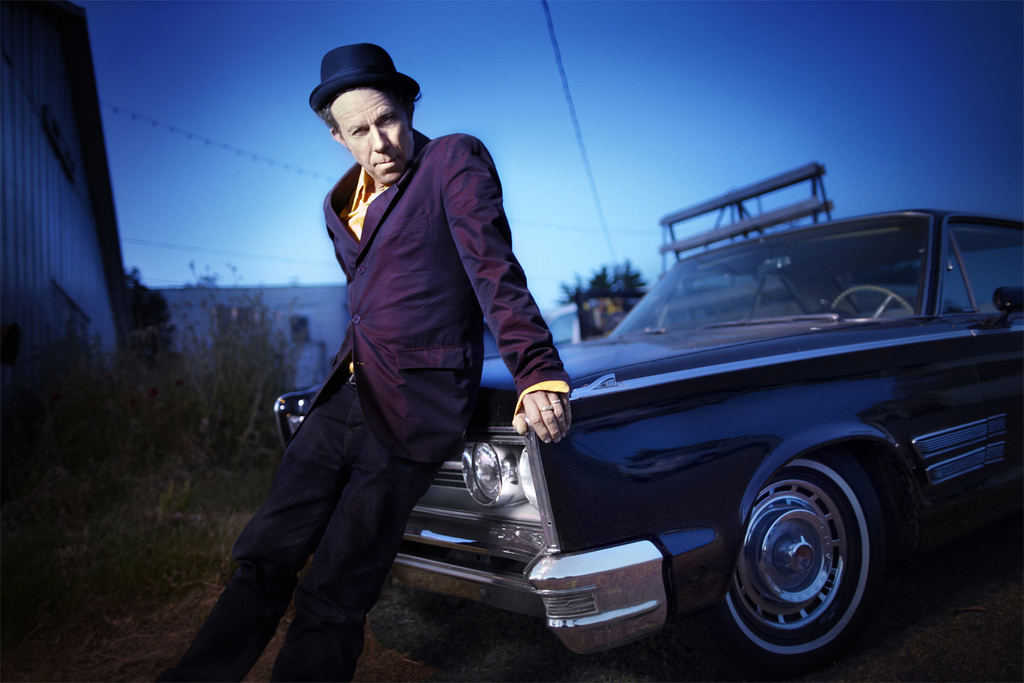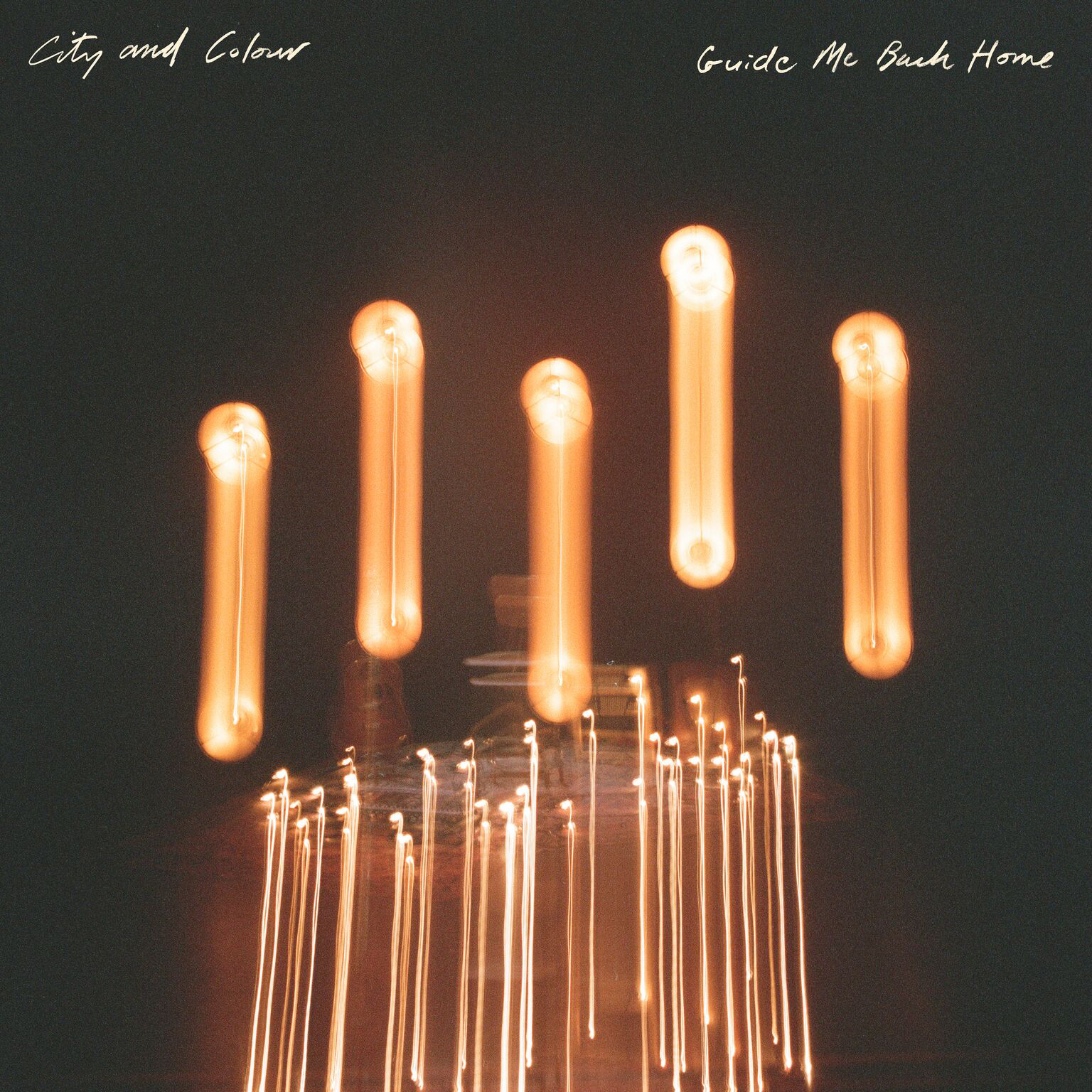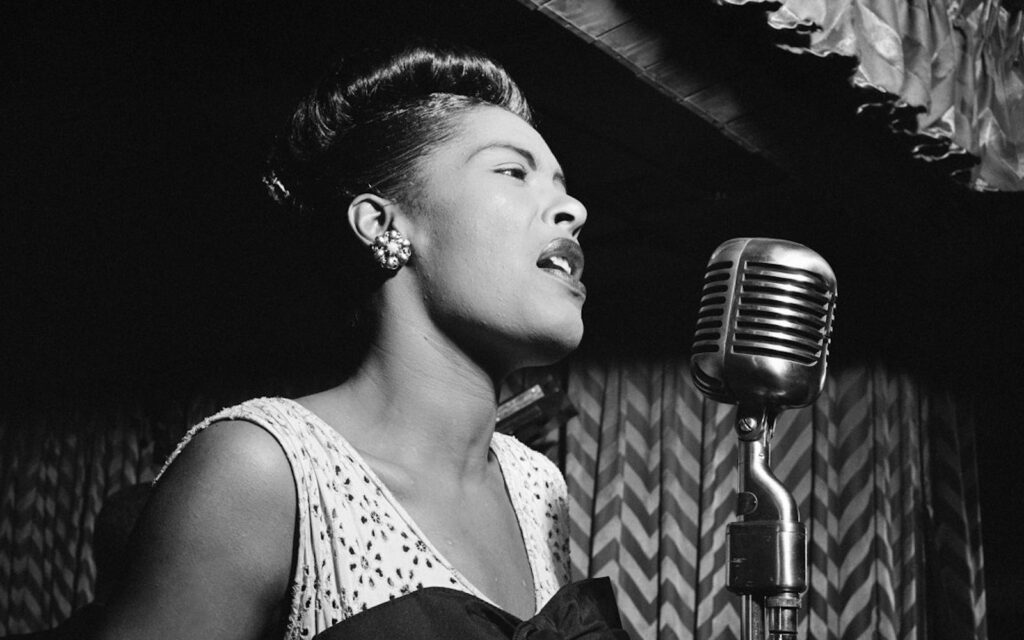Tom Waits is an ethereal figure. Despite his iconic status, he has managed to sidestep the spotlight to maintain his mythological standing.
This mystery is due, in part, to Waits’ aversion to the media, preferring instead to skulk in the shadows. Although, this elusiveness can also be largely attributed to his constant evolution.
In 1973, Waits made his debut with Closing Time on Asylum Records, a record teetering meekly on the edge of the jazz-fuelled sound which would later engulf his sonic identity. At the time of its release, Rolling Stone declared it “a style that evokes an aura of crushed cigarettes in seedy bars and Sinatra singing ‘One for My Baby’”.
Waits’ early work exudes a grittiness that would only continue to manifest as his music evolved, his signature rasp just a faint shadow of the bestial growl it was yet to become.
Waits’ early albums, Closing Time and The Heart of Saturday Night, were sonically tame, especially when compared to his later efforts like Swordfishtrombones.
His work was influenced by Beatnik literary idols Jack Kerouac and Neal Cassady – to whom he would later pay tribute with ‘Medley: Jack & Neal / California, Here I Come’ – as well as sonic muses including Frank Sinatra and Randy Newman.
They were blatant undercurrents of the crooning ballads depicting Los Angeles’ sleazy underbelly and its inhabitants through sprawling narratives.
While occasionally employing strings and saxophone for atmospheric flair, Waits’ sound across Small Change and Foreign Affairs in 1976 and ‘77, respectively, continued to revolve around piano-driven melodies and depictions of late-night diner waitresses, cigarette-toting cab drivers and neighbourhood barbers.
These elements would remain his calling card across almost 20 studio albums.
In 1978’s Blue Valentine and Heartattack and Vine in 1980, the previously subtle jazz undertones began to simmer to the top before bubbling over volcanically with 1983’s Swordfishtrombones. It was the latter that marked a shift into an entirely new era.
Swordfishtrombones marked Waits’ departure from Asylum Records after the label decided the record was simply too strange for audiences. Luckily, Island Records picked up the album, realising it was this very eccentricity which would draw listeners in.
Discordant instrumentals and cacophonous percussive rhythms emphatically collide across the record, providing his first foray into territory laden with the electric soundscapes with which his name is now synonymous.
Rain Dogs in 1985 saw the influence of Captain Beefheart and The Pogues continue to jut out against the signature Waitsian purr. This chaotic kerfuffle of rambling jazz sprinkled with hints of blues continued to take form across 1987’s Franks Wild Years, Bone Machine in ’92 and The Black Rider the following year.
By now, the manic, guttural snarls which emerged during this era have come to define the singer, despite serving as a stark contrast to the comparatively soft warble of his early work.
It was six years before Mule Variations emerged in 1999, marking yet another drastic sonic shift for the troubadour. While the album saw Waits once again experimenting with all things bizarre and bold in a way that only he could pull off, the influence of James Brown, Leonard Cohen and Frank Zappa asserted a blues-oriented deviation from his previous handful of releases.
Continuing in this blues-centric direction with Blood Money and Alice, released simultaneously in 2002, guitars were all but abandoned in exchange for tender melodies draped in minimalistic orchestral soundscapes.
Two years later, Real Gone saw yet another change of pace. This time, Waits relinquished his trademark piano along with the majority of his rhythm section, opting for harsh and obscure man-made beats.
They weren’t gone for long, however, with 2011’s Bad as Me backed by long-time collaborators Marc Ribot, Keith Richards and wife Kathleen Brennan, summoning the home and hosed Tom Waits sound once more.
It is rare to see a musician consistently deviate from the expected without completely rejecting the essence of their sound. More so, it is almost unheard of to do so in a way that keeps listeners intrigued rather than alienating them or veering too far off course.
In his 47-year career, Waits has been a forever moving target, trampling any boundary which threatens to confine him and earning his title as one of music’s most enigmatic forces.
Never miss a story. Sign up to Beat’s newsletter and you’ll be served fresh music, arts, food and culture stories three times a week.







